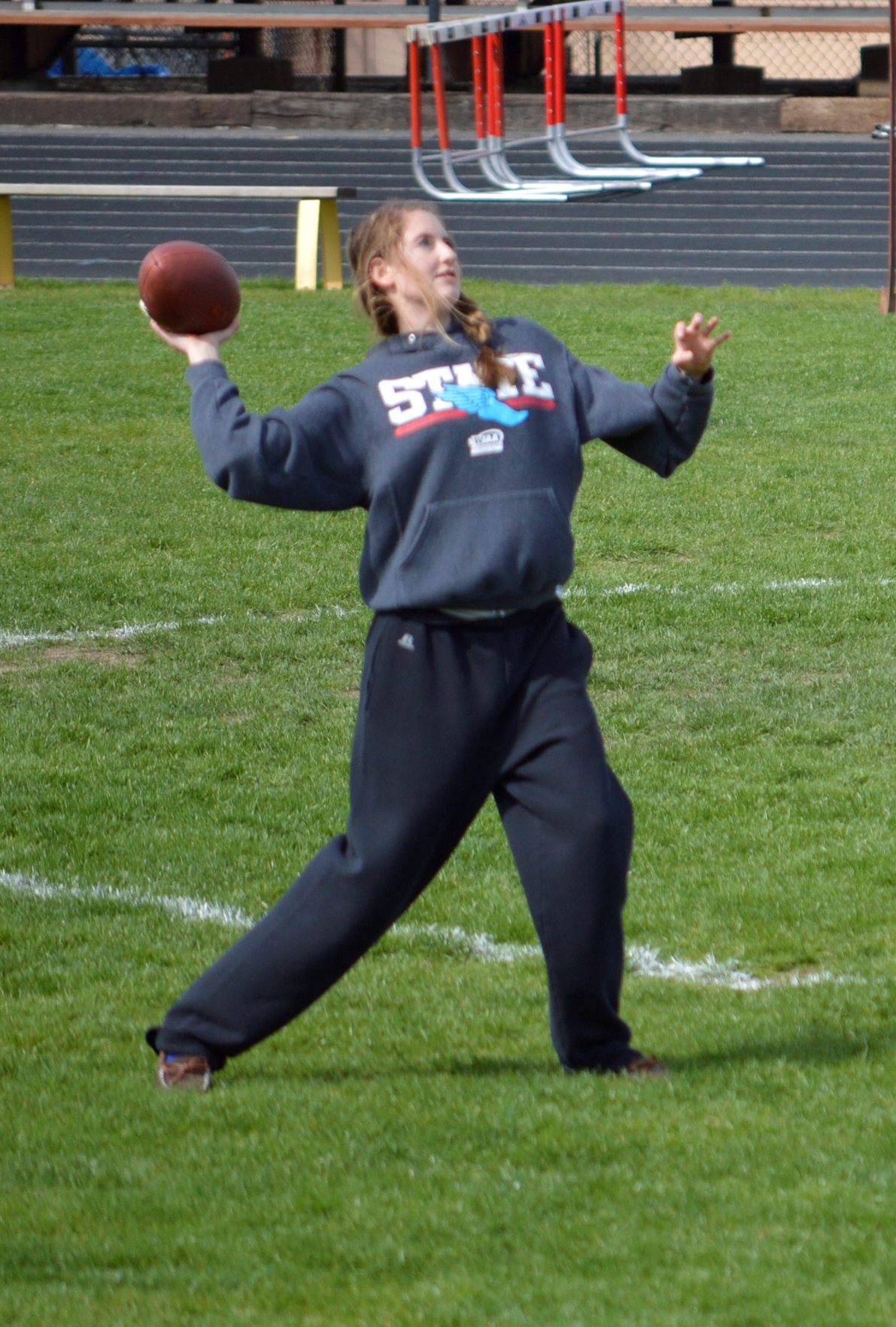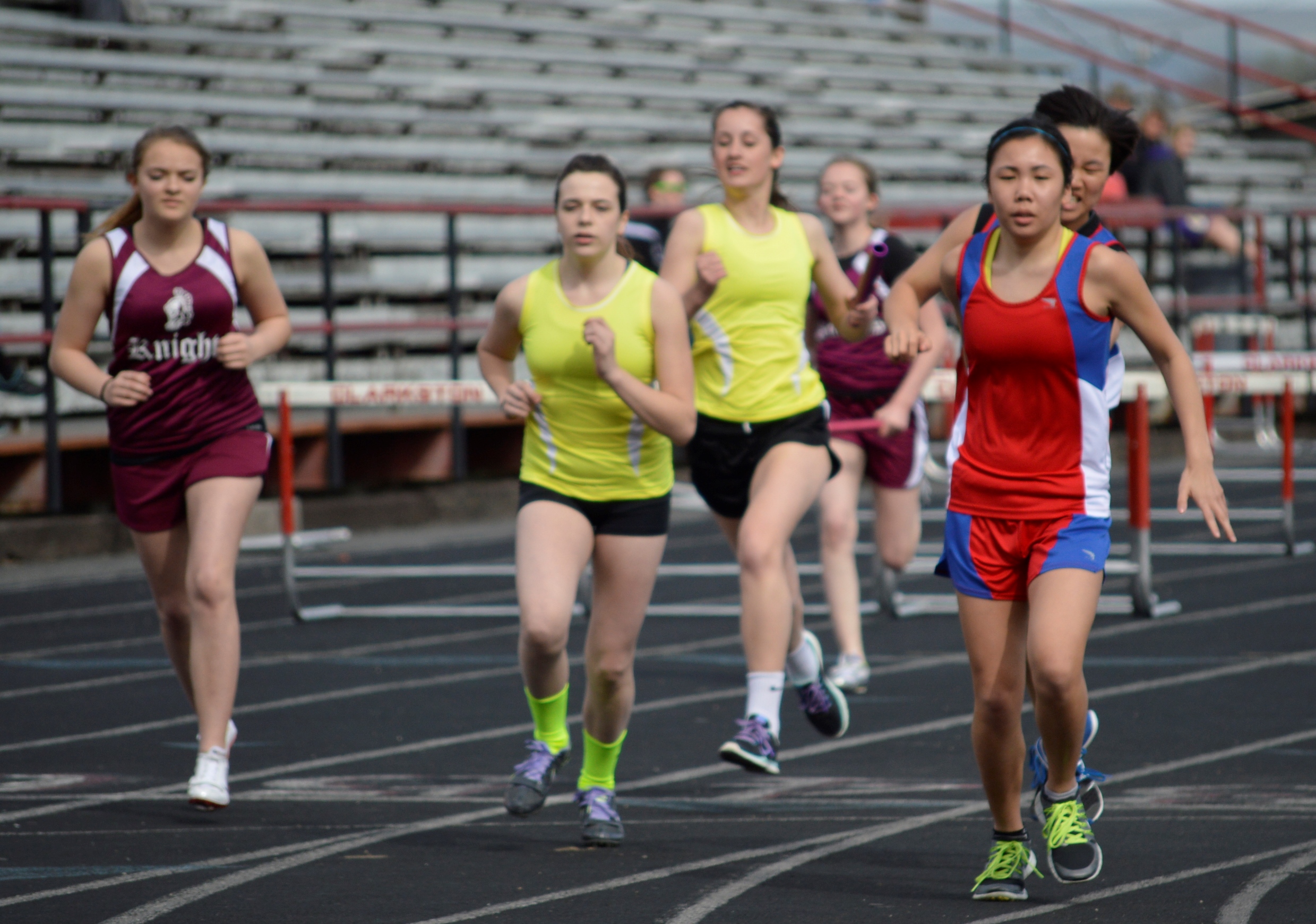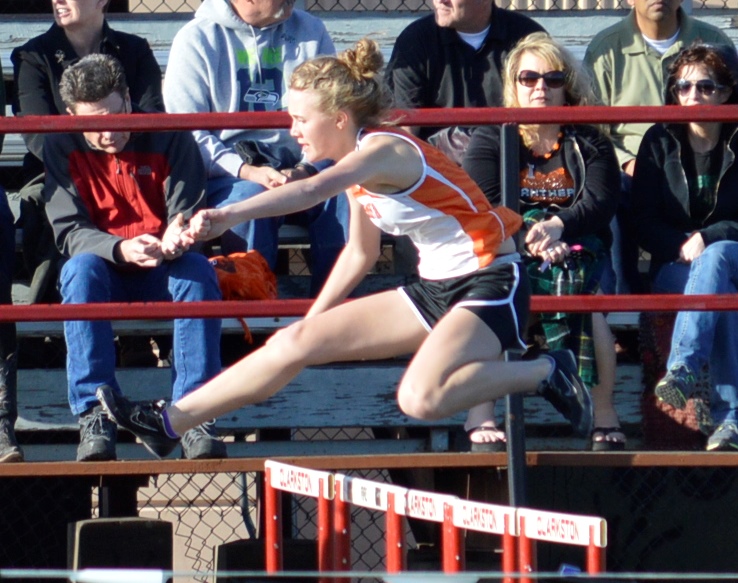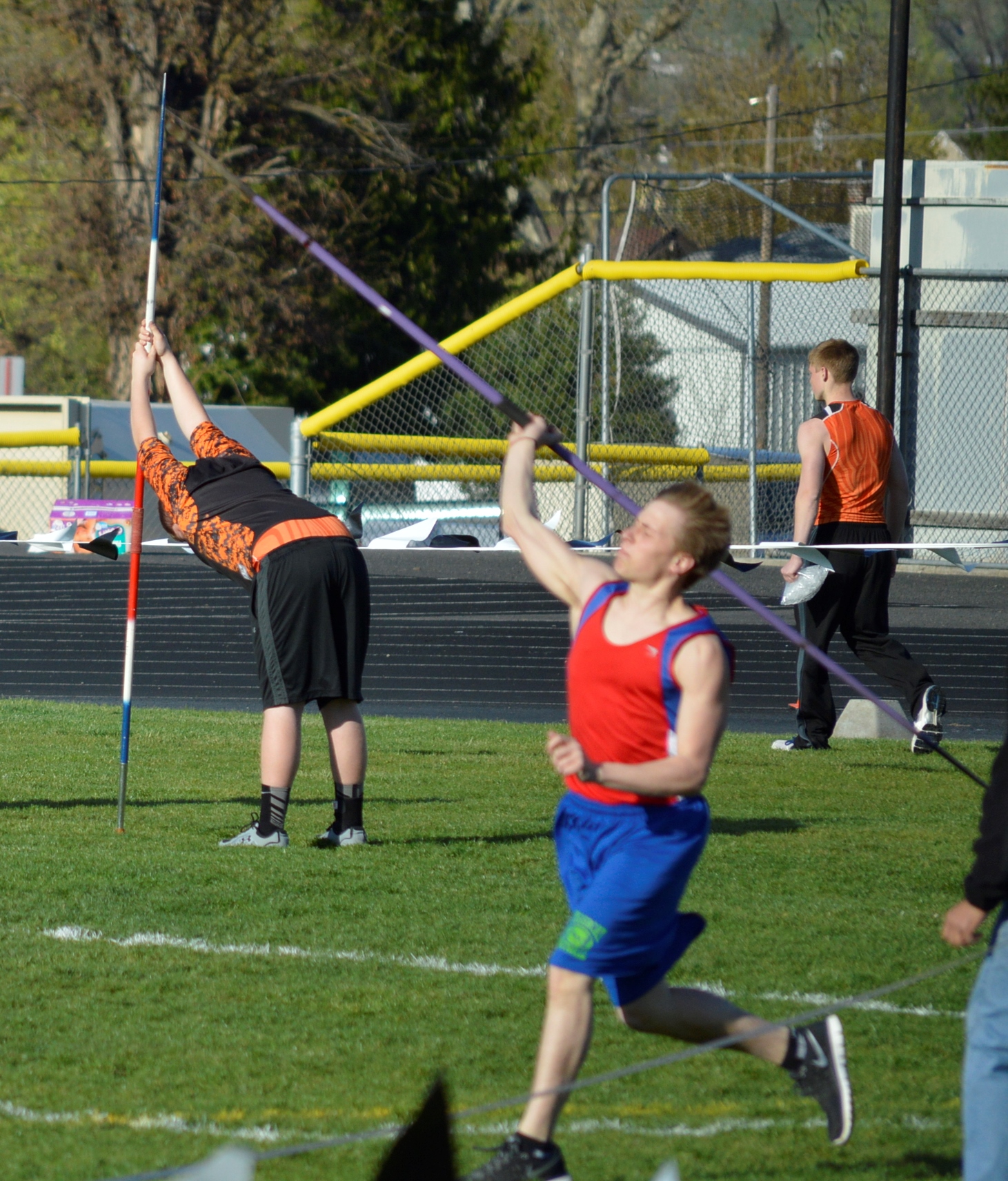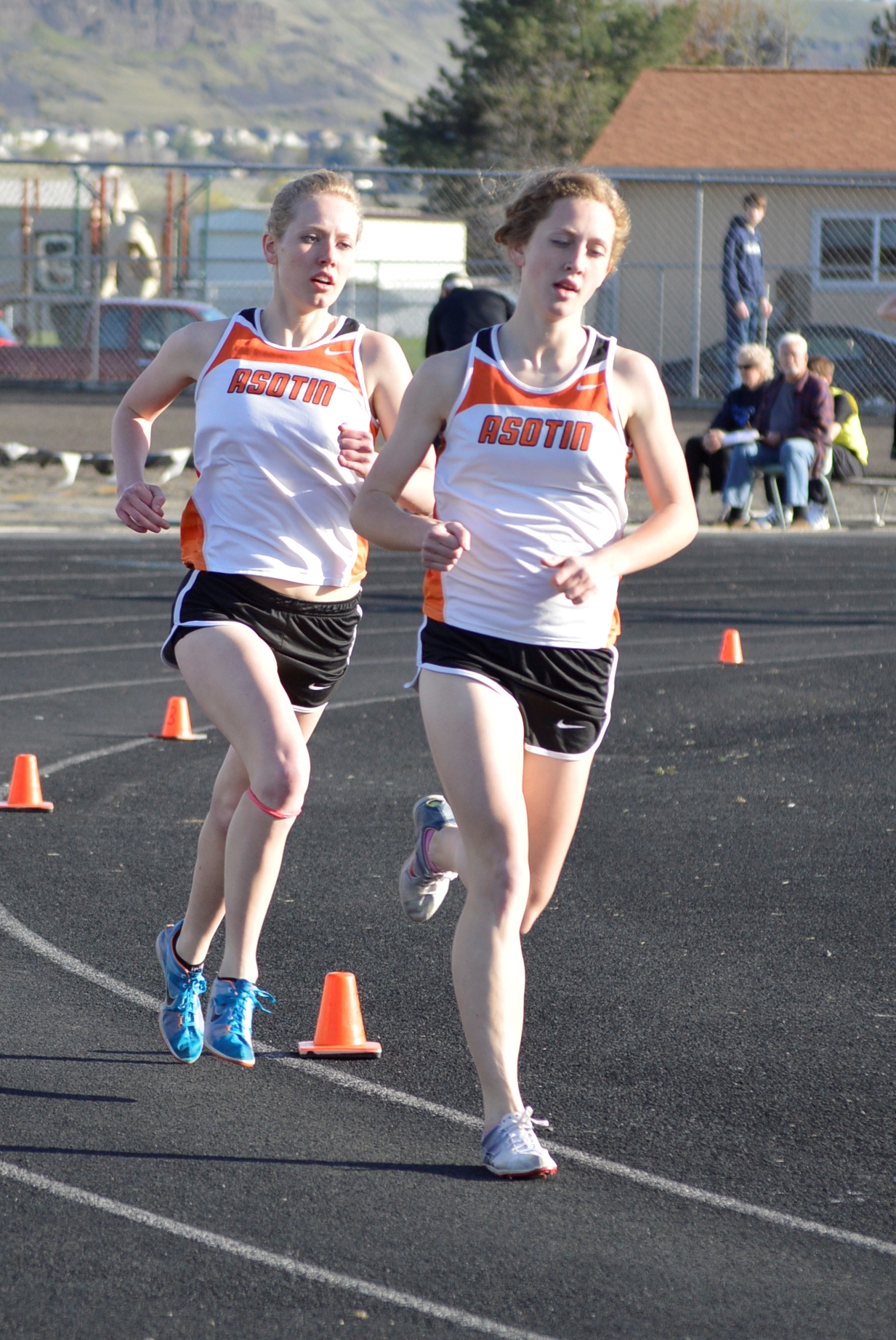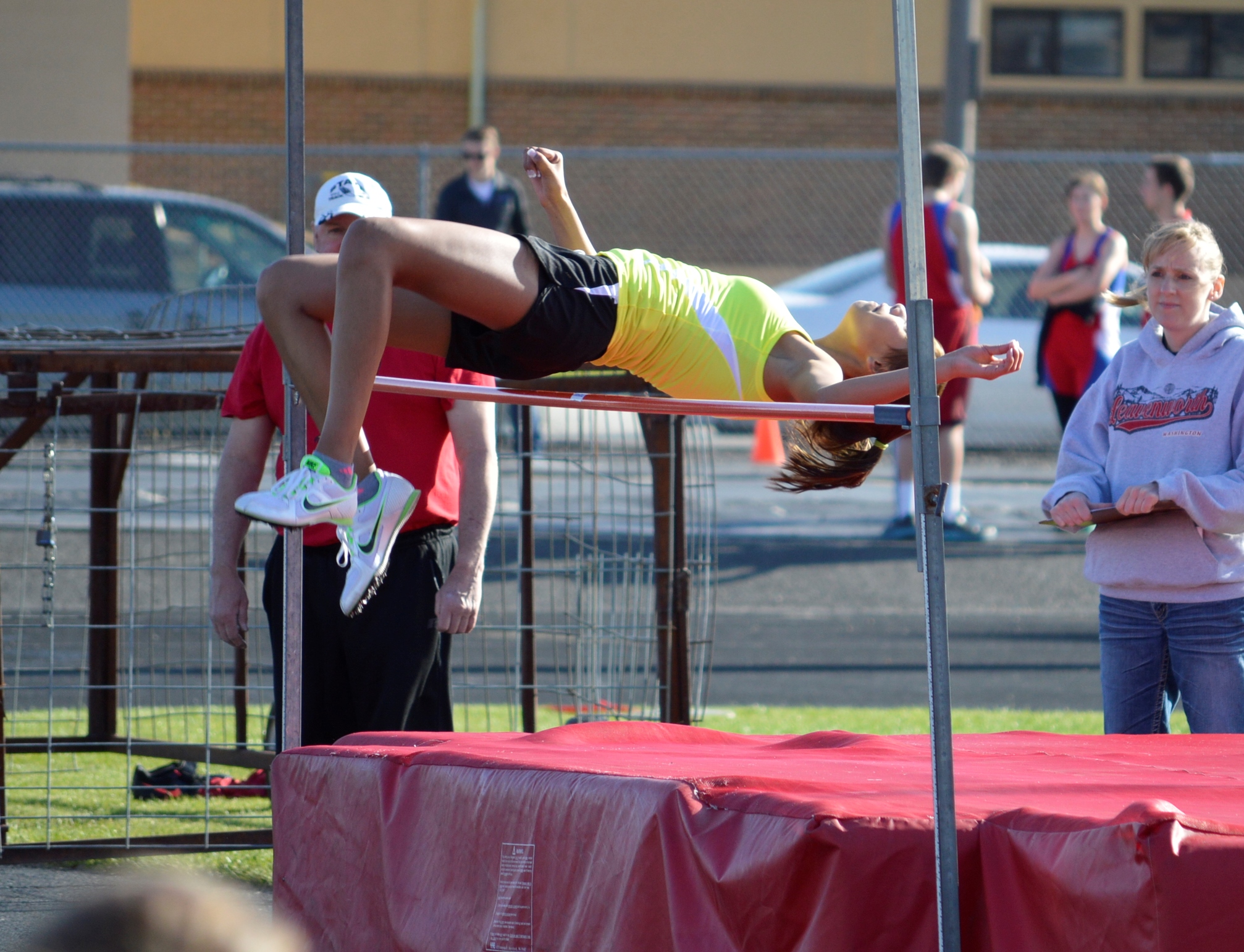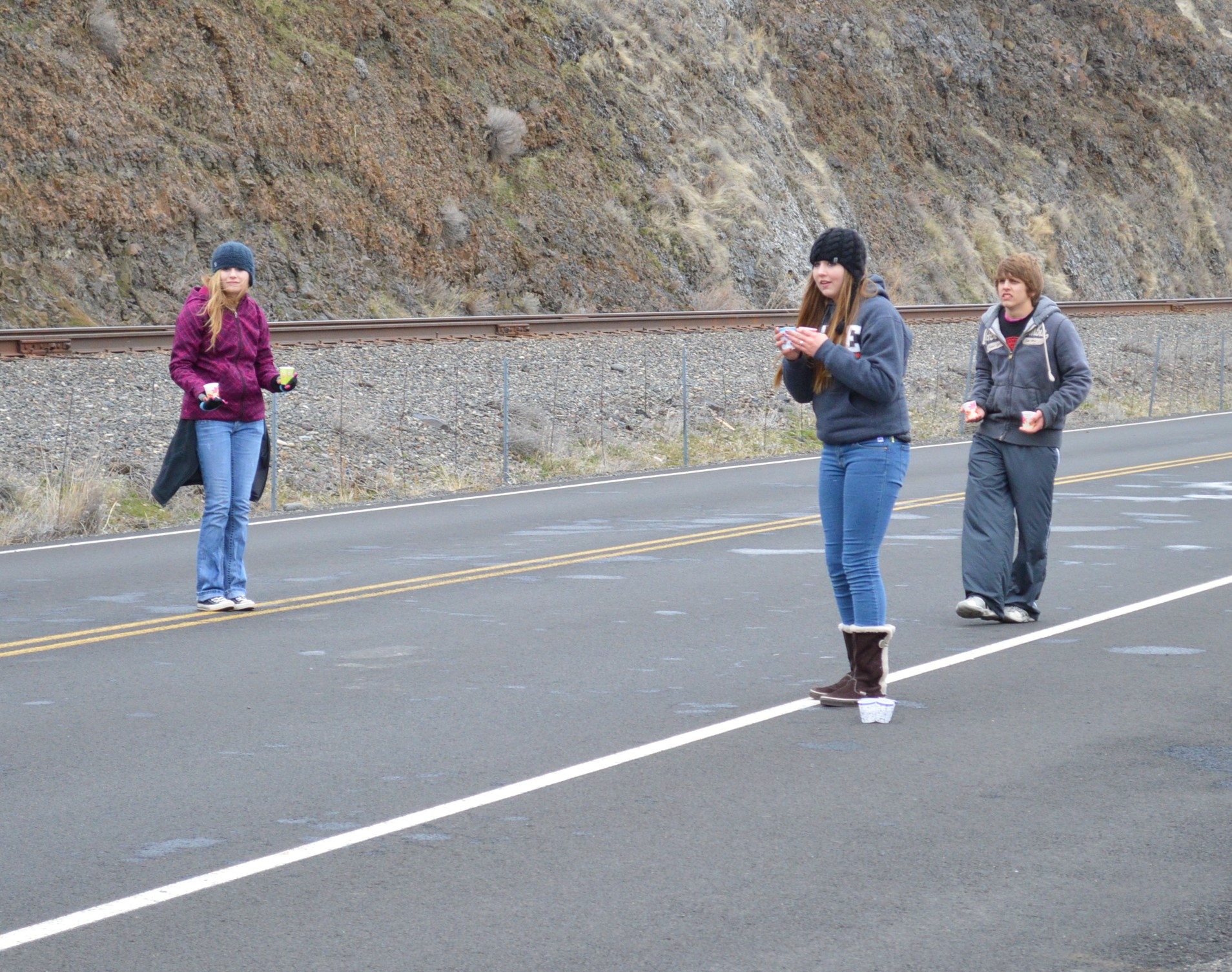Fixing the Disparate Impact of 1B/2B Cross Country
Something that disturbs me every year is watching the 1B/2B girls lining up to race and seeing how few toe the line. To put it in perspective, 73 girls ran this year. The boys field saw 141 racers. This doesn't represent an anomaly - the same thing happens every single year. The numbers over the last four years are: 73/141, 66/137, 72/125, 62/129. I could go back further in the records but that rough 2:1 proportion remains.
Relative to the remainder of the divisions, and even compared to the 1B/2B boys, a smaller percentage of qualified female runners get the opportunity to run at the Washington State meet. I'll get to what I mean by qualified later. I'm afraid that there will be some math, but nothing complicated. Promise!
I finally had time this year to do some research. I used the numbers from Athletic.net to generate my statistics. The numbers inside the raw results were fascinating and when broken out, indicate that the best way for a 1B/2B runner to get to State is to be male. Given all the Title IX implications, I was surprised. So, to the numbers. . .
Entries to the state meet are based on an allocation model devised by the WIAA. Each division and district gets a set number of teams that can advance from the regional meets to the state meet. Individuals can qualify if they place in the upper bounds of the runners. This bound is defined by the WIAA as the team allocation times five.
For District 7/9 here in Eastern Washington, our allocation this year was four. Asotin, Reardan, Northwest Christian Colbert, and Tri-Cities Prep all had teams make the cut. The meet also had twenty individual slots (4x5). Those slots are not reserved, though. Any person finishing in the top twenty filled one. So, from this meet. nine girls went as individuals with the other eleven spots taken by runners from the qualifying teams. For District 1-4, the allocation was for three teams and fifteen girls. They had five individuals crack the top of the standing to get to state. District 5-6 got one team, five girls total. Three of the top five were not on the winning team and moved on. Each team is permitted up to seven competitors which swells the ranks of the field a bit in favor of the teams.
The total number of allocations for the girls is eight. For the boys, the allocation is sixteen. Part of the reasoning for the difference is that more boys participate in cross country than do girls. The numbers at Athletic.com back this up. Based on their numbers, there were a total of 468 boys in the 2015 season versus 217 girls. Seems to support the case for halving the field of runners on the girls side at the superficial level.
What the raw number does not tell us is why there should be such a discrepancy. While it is true that the participation rates for females increases with school size, to have 1B/2B cross country get less than fifty percent rates of the boys rate suggests that other factors underlie the issue.
I dug deeper, looking specifically at the individual qualifiers. That when I thought things got quite interesting. I looked at this past season and found that the last individual girl qualifier, Jessica Mitchem of Toutle Lake, finished in 47th position. In percentage terms, she finished at the 64th percentile (with State Champion Madie Ward at the 1st percentile.) Performing the same calculation on the boy's side had Gunnar Johnson in 122nd place, and at the 86th percentile.
Compared to her male counterpart, Mitchem had to a better runner relative to her peers. I did the same calculation for the preceding three years and found the same result. The boy's value was always higher than the girl's. I had to go back to 2011 to find an example of the girl under-performing her field compared to the boy, and in that case, the girl ran three and a half minutes slower than her qualifying race, suggesting she was sick. 2010 saw a return of the pattern.
So, in the matter of individual qualifiers, the selection process obviously weeds out girls that would be as competitive in their field as their opposite number would be in the boy's field. Remember, too, that the boys get twice as many teams, which means that more of the girls qualify individually. Six of the top eight runners in District 7/9, for example, were individual qualifiers in arguably the toughest 1B/2B district in the state. (Eight of the top ten finishers came from that district in 2015.)
Even more interesting to me was the median pace. I looked at this to see whether there might relative movement in the quality of the runners. I chose the median versus a mean to remove the outliers such as a Chandler Teigen dynamiting the state record or the afore-mentioned young lady who ran while ill. I looked at four years, 2012-2015 (representative of one high school 'generation') and found the boy's to medians to be 18:44, 18:31, 18:22, and 18:44. Pretty much a flat line with what appears to be normal deviation.
The girl's results for the same period: 22:27, 22:45, 21:54, 21:42. The girls aren't flat-lining, their flat getting faster.
I contacted Andy Barnes from the WIAA who was listed on their website as the go-to person for questions regarding allocations. In the first email, I just asked for information on how the allocations were assigned. Between email exchanges, I had started to look at the breakdowns a bit more thoroughly. Andy sent me a prompt reply that it was based on the participation rates within the divisions by teams, suggesting that the individual component was not addressed.
I checked the information on the site as Andy suggested and sent a follow up. I did not send him the full data, just pointed out the disparity that I was discovering. I also suggested a potential remedy that would not otherwise reduce the speed of the field:
Andy,
Digging into the numbers, it appears that the depth of the men’s field is extended by the individual allocations (the lowest boy ran in the 86th percentile) while the girls field does not get that same benefit (the lowest girl ran at the 64th percentile.) This would appear to restrict the participation rates for the female athletes of comparable ability to their male counterparts.
Wouldn’t it make sense to try to increase the participation by increasing the individual qualifier slots to fill out the middle of the pack. The additional individual qualifiers would maintain the overall speed of the field while serving to increase the competition for the middle of the pack, advance the opportunities for the girls, and perhaps encourage more participation at the small schools. For example, opening the individual qualifiers to 20 in District 4 would have resulted in three additional girls at the meet, all of them freshmen and within the upper two-thirds of the overall field. I think you would agree that the chance to earn a spot at the state meet can be a powerful motivator and that success for one athlete can encourage others to follow.
I would be interested in your thoughts.
Andy responded again. Here is the text of that email:
Paul, you have obviously done an extensive review of the entries and we appreciate that. However, the member schools believe that the process outlined in Handbook rule 25 is the process they wish to use for state tournament entries.
Every year the rules of the Association are reviewed including the Allocation process.
If you feel that a change is necessary I suggest you work with your local school to suggest a change to the current process.
Let me know if you have any questions.
I understand the position of the WIAA in that they need to have consistent rules, and I further understand that Andy is standing up for the process that they have in place. Where I suggest a problem exists is that they have a process that can be documented as creating a disparate impact on female athletes. In this day and age, not to seek to proactively correct that seems unfair and outside of the WIAA’s stated core principle of “Provide access to equitable, fair, and diverse activities.”
For a female athlete who is young and on the cusp of qualifying, especially those who run without teams to provide encouragement, missing the state tournament could easily be demotivating. To have to meet a higher standard than a male adds injury to insult and is not equitable.
While it would increase participation, I do not believe that the solution is to add more teams. The net result of adding teams would be to slow the entire championship field. Most athletes perform better in direct competition. With a field as strung out as the 1B/2B girl's race, most of the athletes are running on islands as it is. A better solution, one that increases the level of competition in the middle of the pack, is to increase the number of individual qualifiers.
I went back to the regional races to see what impact altering the allocation schedule to the number of teams, plus one, times the five already used by the WIAA. The net result? Six additional entries into the state race. From District 6, Caitlyn Ball (Riverside Christian), Katie Henneman (Tonasket), and Victoria Cole (Riverside Christian) would have joined their fellow athletes in Pasco. The other three come from District 1-4, Sarah Loven (Mossyrock), Amelia Kau (Orcas Island), and Meleah Kandoll (Toutle Lake) would be in. In the hyper-competitive District 7/9, no additional qualifiers would have made it out of the regional.
The last of the six, if they ran to form, would still be slightly ahead of the boy's equivalent, but the overall disparity would be in single digits from a percentile perspective. In the case of Kau, she would have likely placed similarly to teammate Stephen Hohman. Why should he go and she's done for the year?
Another factor is that four of those six are freshman and the other two are sophomores, exactly the kind of developing runners we should be encouraging. Qualifying for state, legitimately, is the ultimate encouragement. And, to the girls around them, inspiring. One of them just might decide that "if 'so-and-so' can do it, so can I."
Why, the next thing you know, the participation numbers just might grow. Wouldn't that be great?





